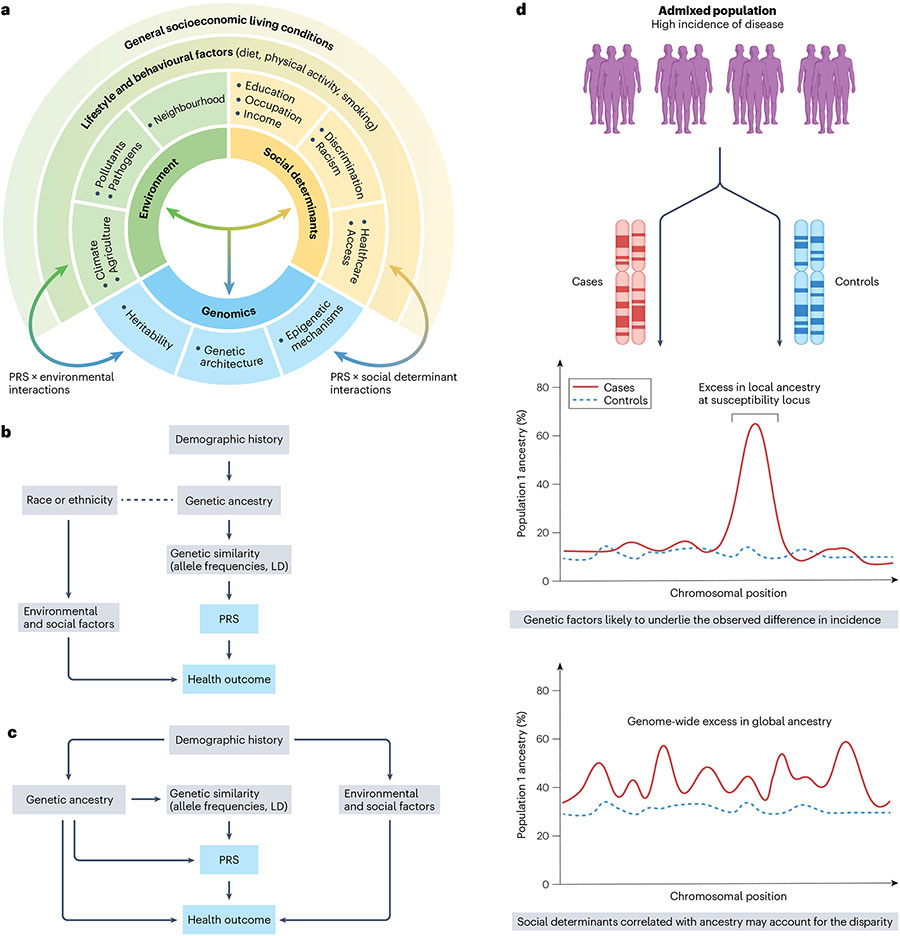Fig. 3 ∣. Interplay between social, environmental and genetic determinants of health.
a, Complex interrelationship among different risk factors for ill health and poor disease outcomes. These include living and working conditions (such as environmental exposures and social determinants of health (SDOH)) and genomic factors. b, Race and/or ethnicity can confound polygenic risk score (PRS) associations with health outcomes if a correlation exists with genetic ancestry (dotted line). In this case, correction for population structure using methods such as principal component analysis (PCA) that captures similarity in allele frequencies and linkage disequilibrium (LD) structure that arises due to shared demographic histories between populations can mitigate the confounding effect. c, Residual confounding may bias PRS associations when genetic ancestry is correlated with environmental and/or social factors due to shared demographic histories. For instance, when asthma is the health outcome and exposure to air pollution is the non-genetic risk factor, standard methods such as PCA may under-correct for population structure. d, Admixture mapping detects disease-associated loci and patterns of excess local ancestry that help disentangle the contribution of genetic factors to observed disparities in risk.

